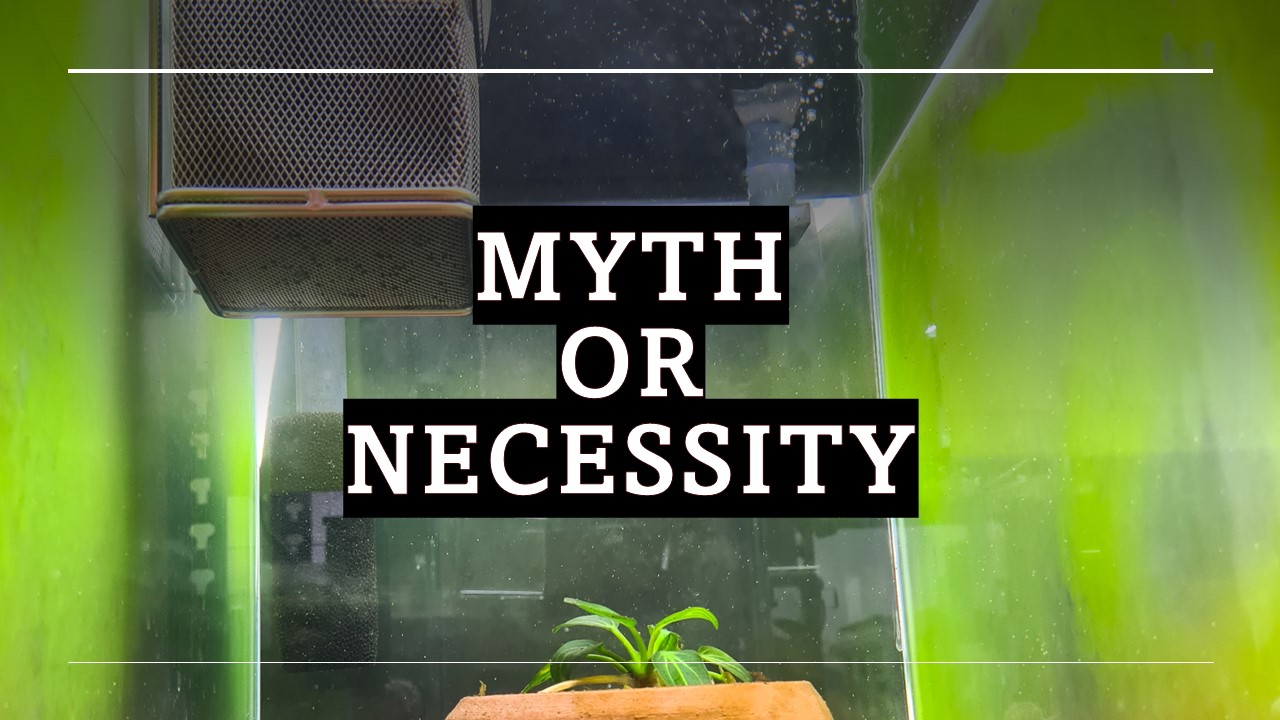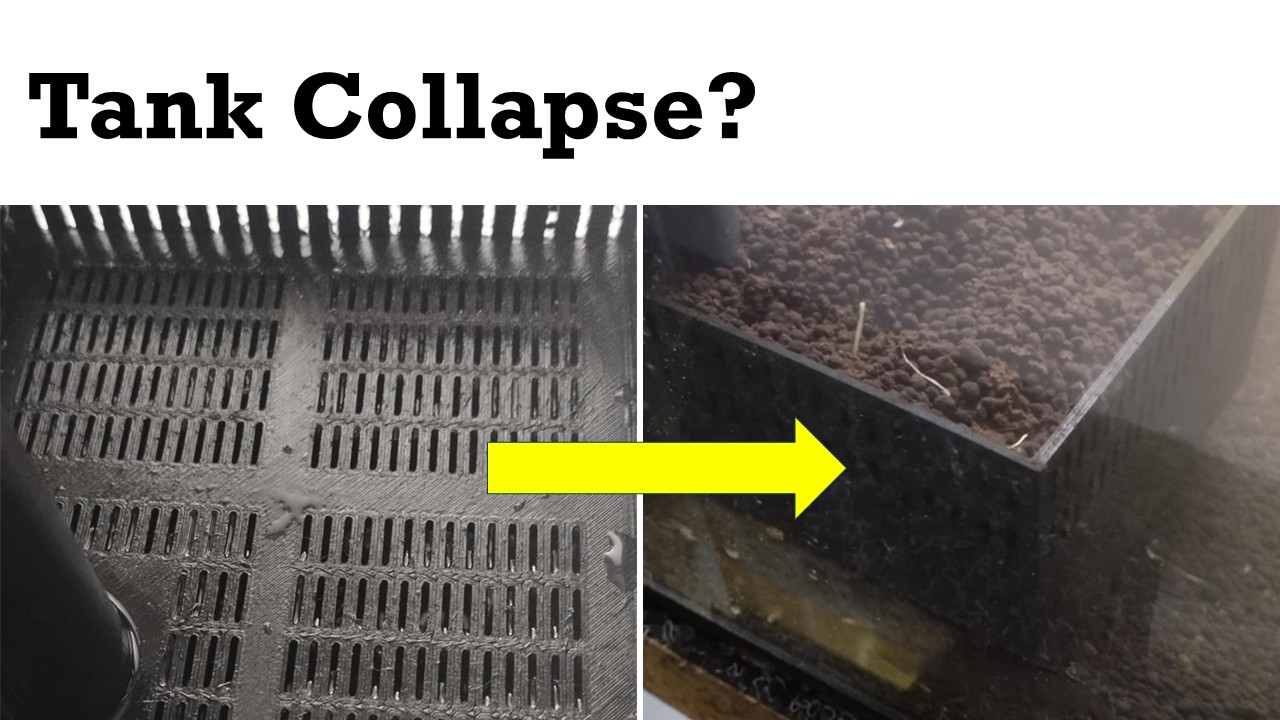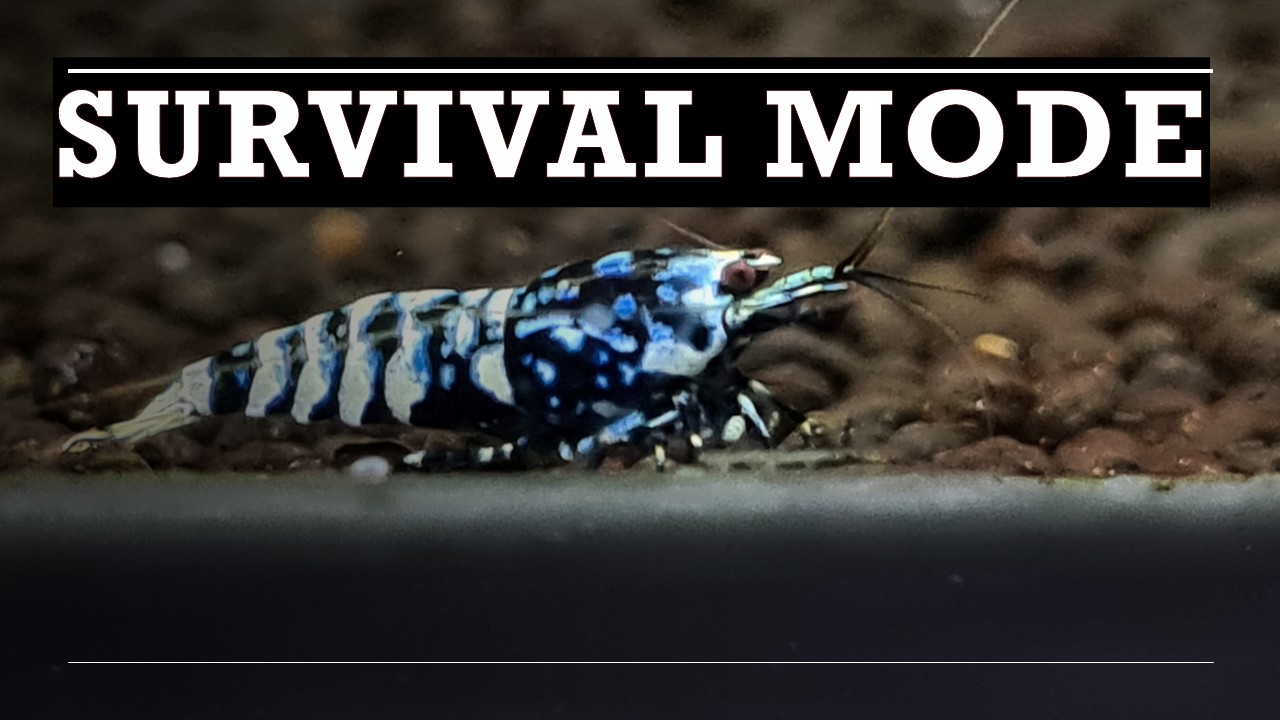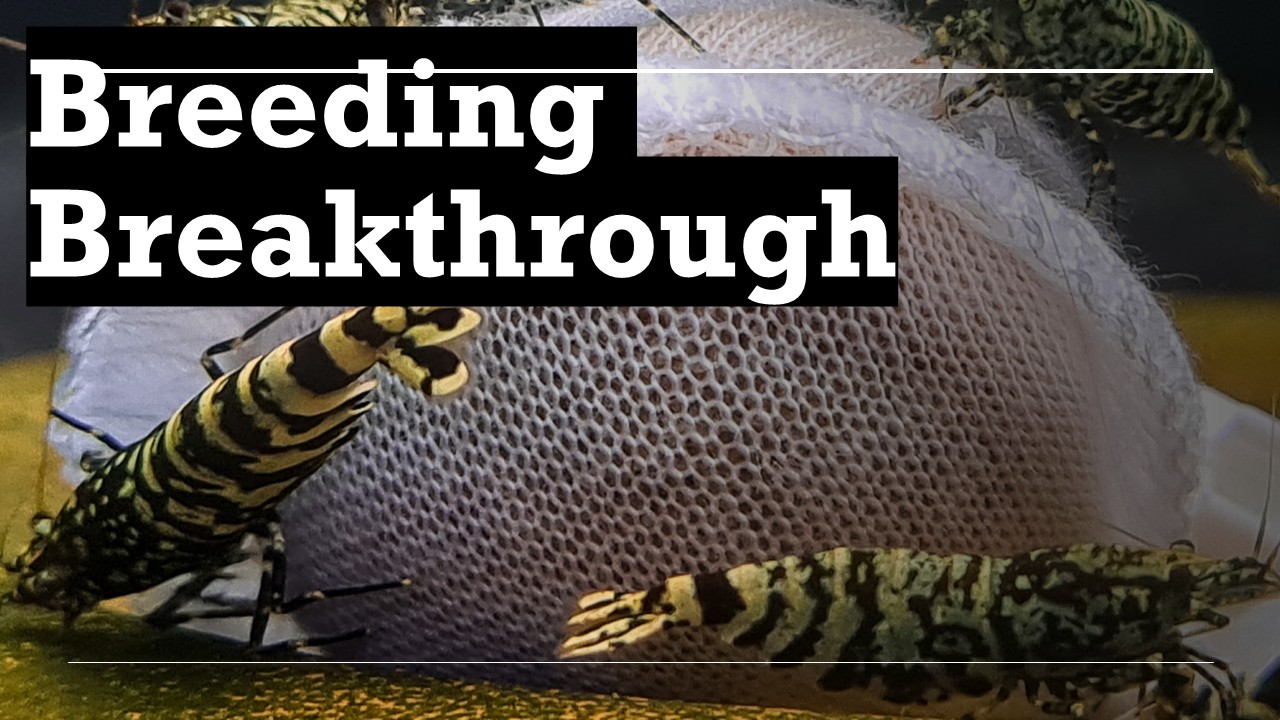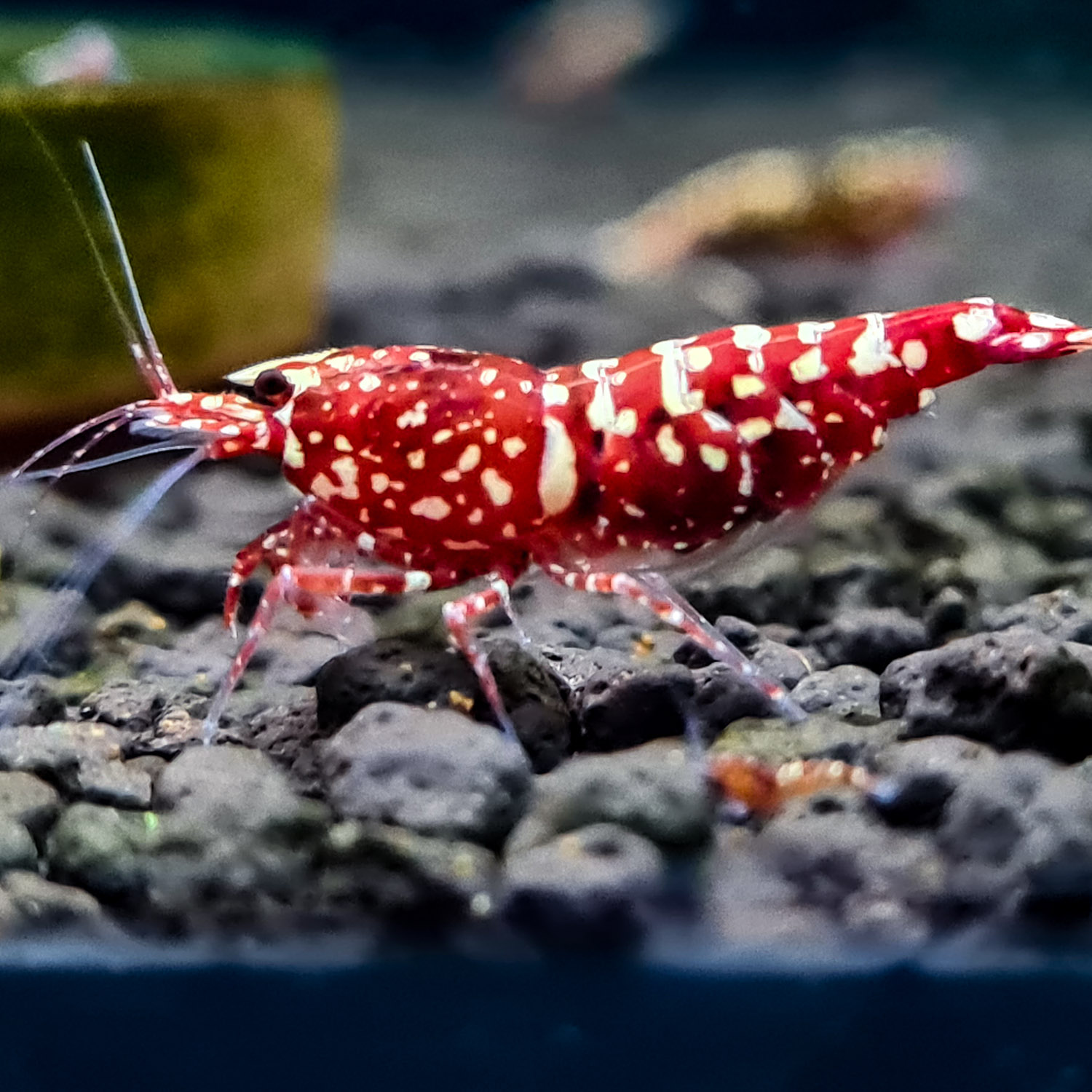
Intro
We’re diving into the Green Wall—that familiar algae-covered tank wall. It’s been a hot topic in the shrimp-keeping world for years, sparking debates, myths, and confusion. But is it a sign of success, or is it simply misunderstood?
Today, we’ll uncover the science, debunk misconceptions, and take you on an emotional journey through my personal experiences and insights from breeders across the globe.
Introduction: The Allure of the Green Wall
Let’s set the scene. You’ve just set up a shrimp tank. The substrate looks perfect, the water is crystal clear, and you’re eagerly awaiting the sight of life flourishing. Days pass, then weeks, and suddenly—there it is. The Green Wall.
For some, this sight brings excitement. “My tank is alive!” they think. For others, it’s a source of doubt. “Am I doing this right?”
The Green Wall has become more than algae—it’s a symbol, a myth, and sometimes even a measure of success. But does it deserve this reputation? Let’s dive into the science and stories behind it.
Chapter 1: The Science Behind the Green Wall
To understand the Green Wall, we need to break down the science of algae growth.
Algae are simple, photosynthetic organisms that thrive in the presence of:
- Light: Algae need light to photosynthesize, converting carbon dioxide into energy.
- Nutrients: Excess nutrients, especially nitrogen (ammonium, NH4, and nitrates) and phosphorus, fuel algae growth.
- Water: The medium where life happens.
In tanks with rich substrates like ADA Version 1 soil, ammonium provides an ideal nitrogen source. ADA soil, originally designed for growing plants, releases nutrients into the water column, making it highly effective for fostering algae. Add consistent lighting, and the Green Wall becomes inevitable.
But here’s where the nuance lies: Does algae growth mean your tank is thriving, or is it just a sign of imbalance?
Chapter 2: Myths, Misconceptions, and the Emotional Journey
Now, let’s tackle the myths that have surrounded the Green Wall for years.
Myth #1: “A Green Wall means your tank is ready for shrimp.”
I’ve seen countless beginners excitedly post photos of their Green Walls in forums, hoping it’s a sign of success. I used to feel the same way. I vividly remember my first shrimp tank—a small 10-gallon setup with ADA soil. When the algae appeared, I felt a wave of pride. “I’ve done it,” I thought.
But when I introduced shrimp, the reality hit hard. Poor water parameters led to stress, and I lost several shrimp in those early days. What I didn’t realize was that the Green Wall was simply a sign of nutrient excess, not a healthy ecosystem.
Myth #2: “Bacteria powder boosts Green Wall growth and tank success.”
Let’s debunk this with science. Bacteria don’t colonize water—they colonize surfaces like substrate, bio-media, and tank walls. Adding bacteria powder to boost algae growth is not only unnecessary but often a marketing ploy to sell products.
True story:
On one of my trips to Taiwan, I visited a renowned breeder who ran over 300 tanks. When I asked about bacteria powder, he chuckled. “The best bacteria are the ones you let grow naturally,” he said. “Powder doesn’t replace time or balance.”
I’ll never forget when someone visited my place during the very early days of my shrimp-keeping journey. I was so excited to show them my setup, proud of the effort I’d put into creating what I thought was a great environment for my shrimp.
But the very first thing they asked me was, “Where’s your Green Wall?”
I remember feeling caught off guard, almost embarrassed, like I had somehow failed before I even got started. At the time, I didn’t know much about the significance—or lack thereof—of a Green Wall. It made me question whether my tank was even good enough.
Looking back, I realize how much that single comment impacted me. It planted a seed of doubt, pushing me to chase what I thought was a “perfect” tank rather than focusing on what actually mattered—healthy shrimp and a sustainable setup.
That moment taught me an important lesson: success in shrimp keeping isn’t about meeting someone else’s expectations. It’s about understanding your own tank, your goals, and your journey. Today, I share this story because I know so many hobbyists go through similar moments of self-doubt. Let me tell you—you don’t need a Green Wall to have a successful tank.
What you need is stability, simplicity, and a passion for the hobby.
Chapter 3: The Commercial Breeder vs. The Hobbyist
This brings us to an important distinction: commercial breeders vs. hobbyists.
Commercial breeders operate on a different scale. They have hundreds of tanks, professional equipment, and often dedicate their entire day to tank maintenance. Their methods are optimized for production, not simplicity.
For example, many breeders rely on:
- ADA soil for initial nutrient boosts.
- Large water changes to counteract nutrient spikes.
- Specific light schedules to encourage controlled algae growth.
As hobbyists, we often look up to these breeders, trying to replicate their methods. But here’s the hard truth: Their methods are not designed for us.
My emotional moment:
When I first tried following a breeder’s routine, I found myself overwhelmed. Testing water daily, adding powders, performing massive water changes—it quickly became unsustainable. I was exhausted, and worse, I wasn’t enjoying the hobby anymore.
That’s when I realized: As hobbyists, we need simplicity, not complexity.
Chapter 4: What Actually Matters for Shrimp Success
So, if the Green Wall isn’t the key to success, what is? Here’s what truly matters:
- Water Stability:
Shrimp thrive in stable conditions. Focus on maintaining consistent pH, ammonia, and nitrate levels. For example, aim for:
- Ammonia: 0 ppm
- Nitrites: 0 ppm
- Nitrates: <20 ppm
-
Natural Algae Control:
Instead of obsessing over the Green Wall, introduce ramshorn snails or other algae eaters. They’ll keep your tank clean without disrupting shrimp. -
Low-Maintenance Routines:
Hobbyists have day jobs and other responsibilities. Stick to routines that fit your lifestyle:
- Weekly water changes (10-20%).
- Avoid overfeeding to prevent nutrient spikes.
- Use reliable test kits to monitor parameters monthly.
Chapter 5: Stories from the Community
One of the most touching moments in my shrimp-keeping journey was hearing from a fellow hobbyist, Mia. She reached out after struggling with her first tank. “I tried so hard to grow a Green Wall because I thought it meant success,” she told me. “But I kept losing shrimp, and I didn’t know why.”
After simplifying her setup—switching to a high-pH substrate, adding ramshorn snails, and focusing on water stability—her shrimp population started to thrive. “I realized it’s not about the Green Wall,” she said. “It’s about balance.”
This is why I do what I do. To help shrimp keepers like Mia find joy in this incredible hobby without falling into the traps of misinformation.
Conclusion: Redefining Success in Shrimp Keeping
The Green Wall is a fascinating phenomenon, but it’s not a requirement for success. It’s time for us, as a community, to focus on what truly matters:
- Healthy, thriving shrimp.
- Sustainable, enjoyable practices.
- Supporting each other with honesty and shared experiences.
Thank you for watching and being part of this journey. If this video brought you value, please like, share, and subscribe to help us continue debunking myths and spreading knowledge.
Until next time, peace out!
